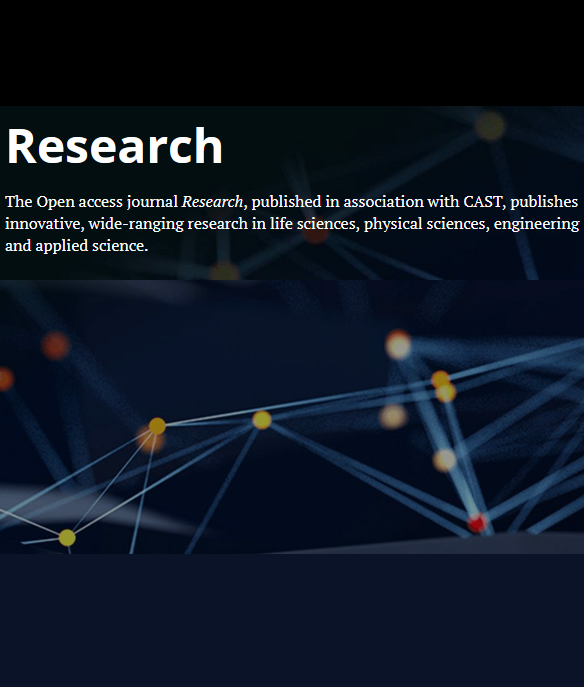Identifying Organic-Inorganic Interaction Sites Toward Emission Enhancement in Non-Hydrogen-Bonded Hybrid Perovskite via Pressure Engineering.
IF 11
1区 综合性期刊
Q1 Multidisciplinary
引用次数: 0
Abstract
The interaction between organic and inorganic components in metal hybrid perovskites fundamentally determines the intrinsic optoelectronic performance. However, the underlying interaction sites have still remained elusive, especially for those non-hydrogen-bonded hybrid perovskites, thus largely impeding materials precise design with targeted properties. Herein, high pressure is utilized to elucidate the interaction mechanism between organic and inorganic components in the as-synthesized one-dimensional hybrid metal halide (DBU)PbBr3 (DBU = 1,8-diazabicyclo [5.4.0] undec-7-ene). The interaction sites are identified to be the N from DBU and the Br from inorganic framework by the indicative of enhanced Raman mode under high pressure. The change in interaction strength is indeed derived from the pressure modulation on both distance and spatial arrangement of the nearest Br and N, rather than traditional hydrogen-bonding effect. Furthermore, the enhanced interaction increased charge transfer, resulting in a cyan emission with photoluminescence quantum yields (PLQYs) of 86.6%. The enhanced cyan emission is particularly important for underwater communication due to the much less attenuation in water than at other wavelength emissions. This study provides deep insights into the underlying photophysical mechanism of non-hydrogen-bonded hybrid metal halides and is expected to impart innovative construction with superior performance.通过压力工程识别有机-无机相互作用位点,提高非氢键混合包晶的发射率。
金属杂化过氧化物中有机和无机成分之间的相互作用从根本上决定了其内在光电性能。然而,潜在的相互作用位点仍然难以捉摸,尤其是那些非氢键混合型包光体,从而在很大程度上阻碍了具有目标性能的材料的精确设计。本文利用高压阐明了合成的一维混合金属卤化物 (DBU)PbBr3 (DBU = 1,8-diazabicyclo [5.4.0] undec-7-ene)中有机成分和无机成分之间的相互作用机制。通过高压下增强拉曼模式的指示作用,确定了相互作用位点是来自 DBU 的 N 和来自无机框架的 Br。相互作用强度的变化确实来自于压力对最近的 Br 和 N 的距离和空间排列的调节,而不是传统的氢键效应。此外,相互作用的增强增加了电荷转移,从而产生了青色发射,光致发光量子产率(PLQYs)达到 86.6%。与其他波长的发射相比,青色发射在水中的衰减要小得多,因此增强的青色发射对水下通信尤为重要。这项研究深入揭示了非氢键杂化金属卤化物的基本光物理机制,并有望为具有卓越性能的创新结构提供帮助。
本文章由计算机程序翻译,如有差异,请以英文原文为准。
求助全文
约1分钟内获得全文
求助全文
来源期刊

Research
Multidisciplinary-Multidisciplinary
CiteScore
13.40
自引率
3.60%
发文量
0
审稿时长
14 weeks
期刊介绍:
Research serves as a global platform for academic exchange, collaboration, and technological advancements. This journal welcomes high-quality research contributions from any domain, with open arms to authors from around the globe.
Comprising fundamental research in the life and physical sciences, Research also highlights significant findings and issues in engineering and applied science. The journal proudly features original research articles, reviews, perspectives, and editorials, fostering a diverse and dynamic scholarly environment.
 求助内容:
求助内容: 应助结果提醒方式:
应助结果提醒方式:


